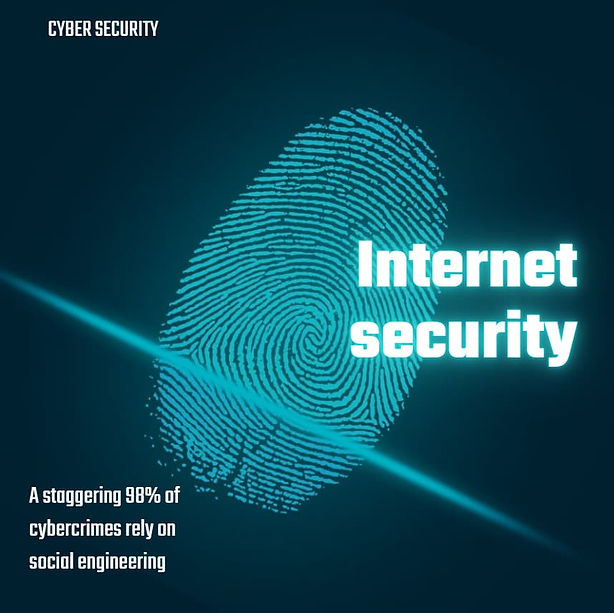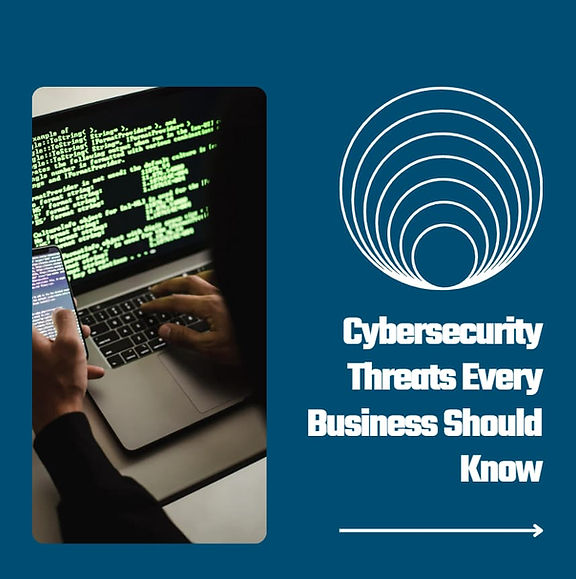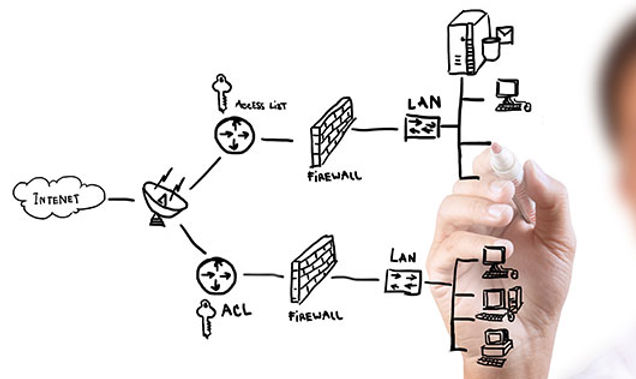In today’s digital scenario, cybersecurity threats are always present, with one of the most significant risks coming from an unlikely source–employee errors and omissions within a company. Human error is a leading cause of security breaches, making it essential for organizations to mitigate these risks quickly and effectively.
Did you know that 95% of data breaches are due to human mistakes?


Eye-Opening Stats About Human Error In Cyber Security:
37% of organizations are somewhat or very concerned about their cyber resilience, with only 27% being completely confident in it. (LinkedIn Poll by CompTIA)
42% of companies have cyber insurance, leaving 58% without it, and 32% not interested in cyber insurance at all (LinkedIn Poll by CompTIA)
69% believe cybersecurity is improving, but this is down from 80% in 2020, indicating rising concerns (CompTIA)
47% of intrusions in cyber security are a result of having weak or no credentials in place in the first half of 2024. (Google Cloud’s Thread Horizons report)
62% of Managed Service Providers (MSPs) are very concerned about being targeted by cyberattacks (Sophos)
24% of businesses have been significantly impacted by a cyberattack (CompTIA)
49% of companies practice security monitoring as their top security measure.
Cybercrime costs have risen by 10% in the past year, with the average cost of a data breach in the U.S. being $9.44 million (CompTIA)
Cybercrime is predicted to cost $10.5 trillion annually by 2025 (Cybercrime Magazine)
98% of cybercrimes rely on social engineering (CompTIA)
There will be an estimated 3.5 million unfilled cybersecurity jobs by the end of 2025 (Fortune)
What Is Considered a Human Error in Cyber Security?
- Skill-based errors
- Decision-based errors
Skill-Based Errors
Decision-Based Errors
Common Cybersecurity IT Errors in Business
Incorrectly Sending Sensitive Information
Mishandling Passwords
Neglecting to Update or Patch Systems
Working Remotely from Insecure Networks
Clicking on Malicious Emails (Phishing)
Neglecting Physical Security
What Causes Human Error
Opportunity
Environment
Lack of awareness
Human Error and IT Security Best Practices
Create a Strong Security Culture
Regular Employee Training
Enable Multi-Factor Authentication (MFA)
Continuous Systems Testing and Monitoring
Leverage Technology to Detect and Prevent Errors
Ready to Enhance Your Cybersecurity Measures?
Choosing a provider that helps you implement these strategies effectively is essential. BTI specializes in providing comprehensive IT and cybersecurity solutions tailored to your business needs.
From employee training programs to advanced security technologies, BTI offers the tools and expertise necessary to enhance your cyber security defenses. Contact us today to safeguard your business against potential threats and ensure a secure future.



